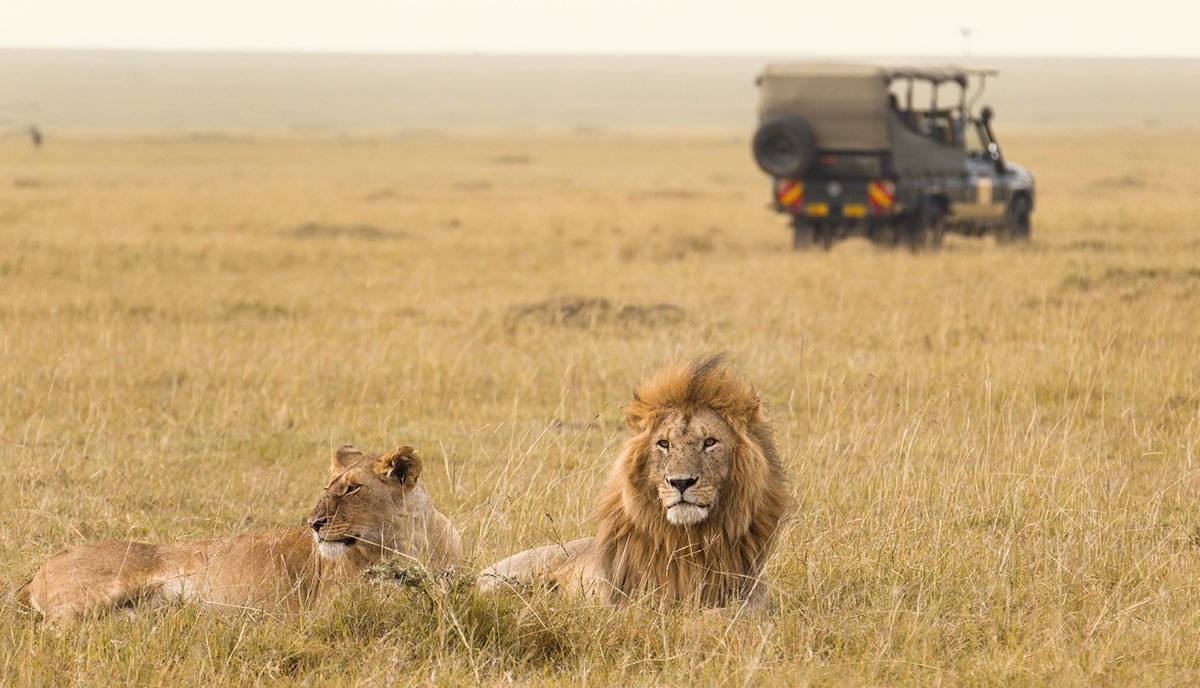While you can book safari holidays all year round, it’s fair to say that not all experiences of this type have been created equal.
This is largely due to the dramatic seasonal changes that take place across the African continent, from the burgeoning days of winter to the end of the summer.
We’ve already covered the reasons why you should head to Cape Town but in this post we’ll take you through the seasons that you may encounter on an African safari, while asking when the best time is to visit the continent for you, your family and/or your other half.
1. The Dry Winter (Late May to August)
The dry winter months begin at the end of May and the beginning of June, and it’s during this time that animals begin to seek out waterholes and rivers to drink from.
From a safari point of view, this means that this period tends to see a high concentration of animals brought out into the open, meaning that it’s far easier for people to see these creatures in their natural habitat.
It’s also easy to predict where these animals are likely to be during the dry winter season, particularly if you partner with a seasoned guide who knowns exactly where the prominent waterholes are.
During this season, the daytime temperatures tend to be pleasant and enduringly comfortable, while as the winter progresses the bush dies down a little and it becomes even easier to spot the game.
2. The Spring (September to October)
During the months of September and October, the advantages of game viewing in the dry winter are amplified further, as the animals become even more desperate in their search for water and some waterholes begin to dry up.
In this period of time, we can see even see some rivers begin to dry out, as the surrounding landscape becomes increasingly arid and dusty.
This does not apply to big rivers such as the Chobe, Luangwa and Zambezi, or even the seasonal waters of the iconic Okavango Delta.
As a result, these destinations become exceptionally popular among animals during the spring time, although rising temperatures and stifling conditions make it a challenging time for visitors (especially from the Northern Hemisphere).
However, if you’re considering a safari trip that encompasses climbing Mount Kilimanjaro it’s a good time to take on the task, just be sure to make sure you pick a safari that caters for your exact needs.
3. The Early Summer (November to December)
The early summer provides a challenging time for safari-goers, with November in particular renowned for its heavy rainfall and difficult hiking conditions.
The rain can also persist well into December, and while this provides an incredible release for the wildlife it will have significant implications for your safari.
After all, the animals no longer need to make their way to waterholes in order to drink, while they’ve also eaten much of the grass surrounding these outlets.
This means that they’re far less visible to visitors, so this is arguably the worst time to book a safari (even at a prominent African gaming reserve).
4. The Summer to Autumn (January to Early May)
The conditions of the early summer continue into January, and in some instances through until the end of May.
However, the effect of the rain gradually decreases as the summer continues, with a heavy downpour once every day record on average.
This is typically known as the ‘Emerald Season’, as the landscape becomes incredibly lush and enthrallingly green. An army of butterflies, flowers and colourful insects also come out to play at this time, while a flock of migratory birds also reflect the serene nature of the season.
While you can book a safari at this time, you’d be better served by travelling towards the end of the season and as the month of May approaches.

